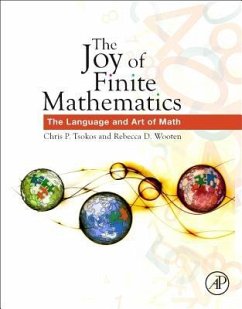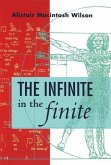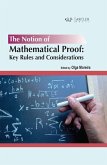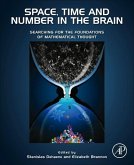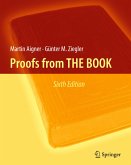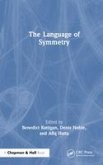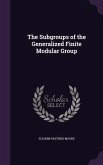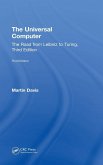Through detailed explanations of the concepts, step-by-step procedures, and clearly defined formulae, readers learn to apply math to subjects ranging from reason (logic) to finance (personal budget), making this interactive and engaging book appropriate for non-science, undergraduate students in the liberal arts, social sciences, finance, economics, and other humanities areas.
The authors utilize important historical facts, pose interesting and relevant questions, and reference real-world events to challenge, inspire, and motivate students to learn the subject of mathematical thinking and its relevance.
The book is based on the authors' experience teaching Liberal Arts Math and other courses to students of various backgrounds and majors, and is also appropriate for preparing students for Florida's CLAST exam or similar core requirements.
Highlighted definitions, rules, methods, and procedures, and abundant tables, diagrams, and graphs, clearly illustrate important concepts and methods Provides end-of-chapter vocabulary and concept reviews, as well as robust review exercises and a practice test Contains information relevant to a wide range of topics, including symbolic language, contemporary math, liberal arts math, social sciences math, basic math for finance, math for humanities, probability, and the C.L.A.S.T. exam Optional advanced sections and challenging problems are included for use at the discretion of the instructor Online resources include PowerPoint Presentations for instructors and a useful student manual
Hinweis: Dieser Artikel kann nur an eine deutsche Lieferadresse ausgeliefert werden.
"This textbook includes the fundamentals of logic, set theory, combinatorics, probability, statistics, geometry, algebra, finance, and more. Aimed at undergraduate students in social sciences, finance, economics, and other areas, this liberal arts math text is said to be 'appropriate for preparing students for Florida's CLAST exam or similar core requirements. [.]
This book includes several topics generally not seen in comparable texts. I am very pleased, even impressed, to see that:
- Readers will encounter here an introduction to reasoning through the motivated presentation of basic logic. The use of a truth table to draw conclusions about a statement is a lost art now, rarely taught in secondary education and early college, at least in America. This dovetails nicely with the authors' electrical switching (parallel and serial) word problems.
- The book includes well-considered personal finance advice, fulfilling a very present need for practical education. It includes bankruptcy laws, savings instruments, insurance types, budgeting, sales tax, and more. Together with a few pages on considering renting versus leasing versus buying, this chapter is strong in the practicalities of personal finance.
- The syntax of proofs, including ? and ?.
- Induction is covered earlier and at greater depth than is typical.
- There is a deeper introduction to statistics, including the normal distribution, z-scores, and a very good introduction to normal approximation for binomial probabilities.
- A decent bit of geometry filling a gap I typically have to deal with by supplementary material, for example to explain "scalene" and the implication of an axis being "transverse."
- Set theory that goes deeper than usual, for instance reaching to "closure", etc. [.]
The authors' choices of what to include and exclude mean this book may not match a typical curriculum. I see this book as containing enough for perhaps two semesters of first-year college coursework." --Excerpted from the Mathematical Association of America (MAA) review by Tom Schulte, 01/11/2017. Professor Shulte teaches finite mathematics and algebra courses at Oakland Community College in Michigan.

